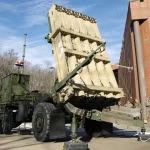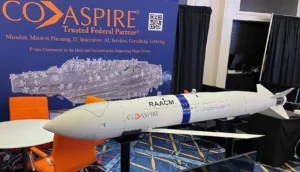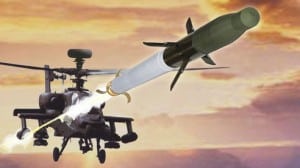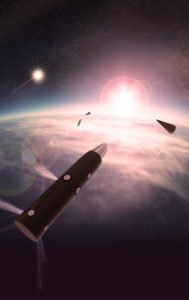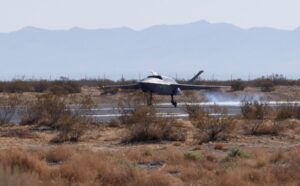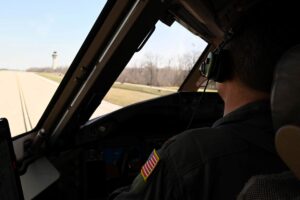
The U.S. Air Force is looking for industry help to build Aircrew Training Devices (ATDs) for the Aircrew Training System (ATS) of the KC-46A Pegasus tanker, made by Boeing [BA]. "The objective of this market research is to determine if any contractor has the capability to provide the needed production of Aircrew Training Devices and engineering, manufacturing, and development work for incomplete program requirements for KC-46 Aircraft Training System (ATS) for the period of 1 Jan 2026 to 1 May…


